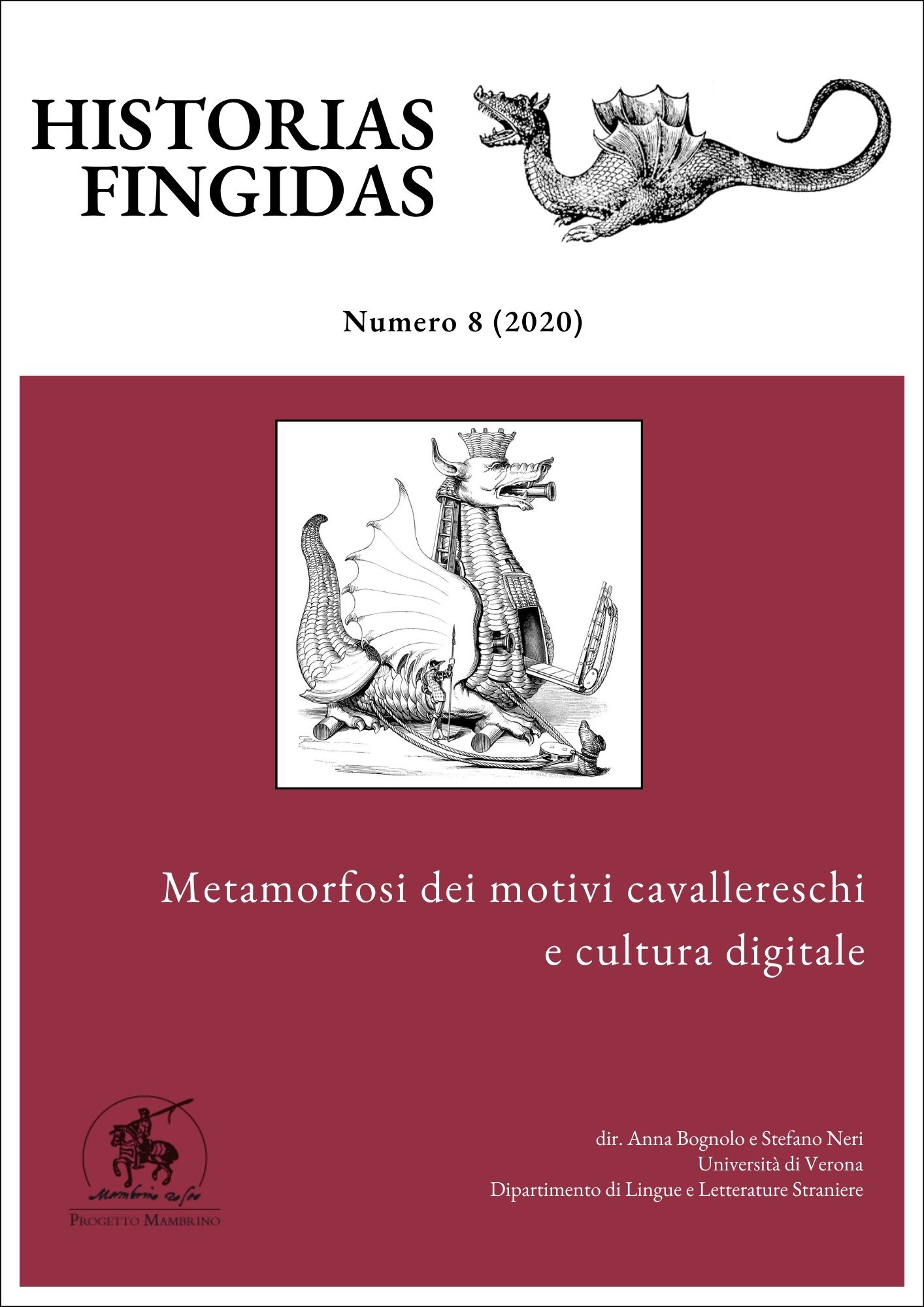Stith Thompson’s Motif-Index and its applications to chivalric literature
DOI:
https://doi.org/10.13136/2284-2667/729Keywords:
Aarne-Thompson, Motifs, types, Motif-Index of Folk-Literature, Chivalric motifs, Tradition and metamorphosis.Abstract
This article reflects on Stith Thompson’s Motif-Index and some of the main applications of the system to chivalric literature, with special attention to its origins, its current computer adaptations and the scarce representation of works of the genre, despite its relationship with folk literature. However, various contributions have made up for this absence thanks to the indexing of English romances, French Arthurian texts, secular Germanic medieval works and Hispanic chivalric texts (books of chivalry, chivalric short stories and Spanish Arthurian works, Baladro del sabio Merlín). Thompson’s work becomes a necessary reference, although the digital humanities favour the creation of different tools for sorting and searching.
Downloads
Published
Issue
Section
License
Copyright (c) 2020 Juan Manuel Cacho Blecua

This work is licensed under a Creative Commons Attribution-NonCommercial 4.0 International License.
Authors must attend to the following conditions:- Authors will mantain the copyright of their work and leave to the journal first publishing rights, simultaneously licensed by a Creative Common License - Attribution - No Commercial Use that permits other researchers to share the work indicating the intellectual property of the author and the first publishing in this journal not for commercial use.
- Authors can adhere to other license agreements not exclusive to the distribution of the published version of their work (for example: include it in an institutional archive or publish it in a monografic book), with the agreement of indicating that the first publishing belongs to this journal.
- Authors can disseminate their work (for example in institutional repositories or their personal website) before and during the submission procedure, as it can lead to advantageous exchanges and citations of the work (see also, The Effect of Open Access).

